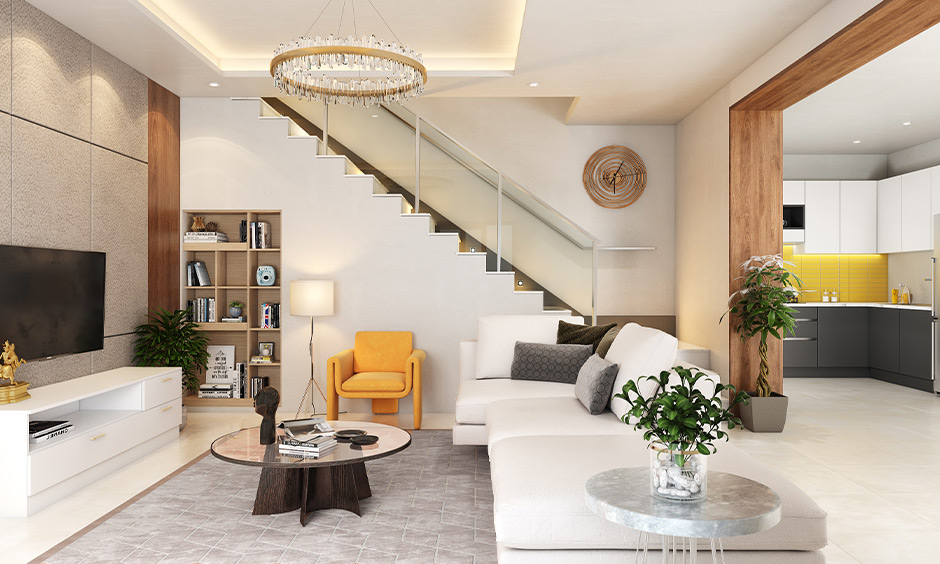A full-service architectural firm can provide all the necessary services to complete your construction project. This includes the basic services that every architect must offer and additional services that some can provide.
Many clients call us when they have a home layout they’ve already envisioned and need a draftsman to draw it up. This is far from what we offer at Barrett Studio.
Site Analysis
The architectural site analysis is an important step that allows the design team to understand the existing environmental, social, historical, climatic and geographic factors in which the project will exist. This information can impact a building’s programmatic realities and structural and aesthetic decisions.
Architects gather this data by visiting the construction site and taking photos, notes and measurements. These observations are then developed into diagrams and annotated drawings, sketches, maps and plans.
The goal is to organize the data into an easily accessible format. Our online Gantt charts simplify seeing tasks, their durations and dependencies. This helps everyone involved in the architectural design process stay on schedule without creating unplanned expenses for delays. Our tool also provides unlimited file storage, so teams can access the architectural site analysis in the office, on a mobile device or while traveling. This real-time communication means that the findings of the architectural site analysis can be carried into each phase of the construction process.
Design Concepts
In this stage, architects develop major design concepts influencing your project’s spatial organization and built form. She also explores aesthetics, articulating how the architectural style will be perceived and creating a cohesive whole.
This process often involves many other building professionals, including engineers (MEP), interior designers, lighting designers and landscape architects. In addition, architects frequently collaborate with computer-aided design (CAD) technicians.
Aesthetic considerations are a central component of the design process. Studies have shown that users are more tolerant of usability issues when the design is visually appealing. However, the critical standards of functionality and economy are always intact in favor of a particular style. A good architect will make decisions about the design’s aesthetics in full collaboration with the client, other consultants and the community. The result will be a beautiful yet durable building that meets the needs of its users.
Construction Documents
Architectural design is a lengthy process. Architects must be on-site, collaborating with building professionals, answering questions and reviewing documents to ensure all aspects of your project follow the design intent, comply with industry standards, and meet local codes. As a result, it can take longer to complete construction drawings than anticipated. Architects utilize a phased architectural design process to keep your project on track and within budget. The American Institute of Architects breaks down the architectural design phases into Schematic Designs, Design Development and Construction Documents.
This is where most of your architect fees will be spent. It’s important that all building professionals, including contractors, engineers and plumbers, understand the architectural design documentation to construct your building. This system centralizes all your construction project files and provides a collaborative platform to connect everyone involved so that you can efficiently manage your project without substituting quality.
Construction Administration
There’s a lot that goes into construction project management. Architects make the drawings, contractors execute blueprints, engineers ensure the building is structurally sound, and clients select everything from windows to electrical outlets.
Having an architect on-hand throughout the process ensures that your project will run smoothly from start to finish. They’ll be your advocate, speaking on your behalf with other building professionals and coordinating the different aspects of your design. They’ll also be your eyes and ears during construction, ensuring the builder follows the plans to the letter.
In addition to architecture, a full-service firm can provide technical design services like MEP, historic preservation, envelope, cost estimating and construction administration. Streamlining the architectural and construction process saves time and money and provides peace of mind.





